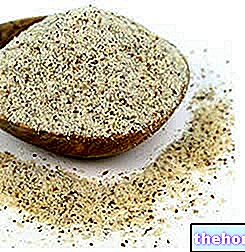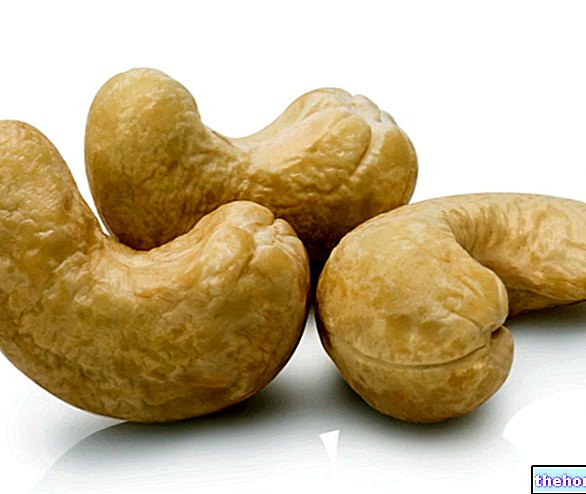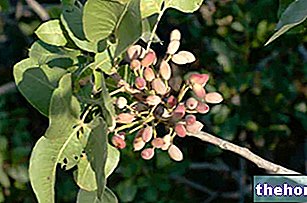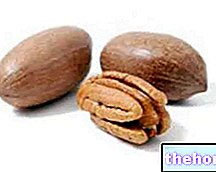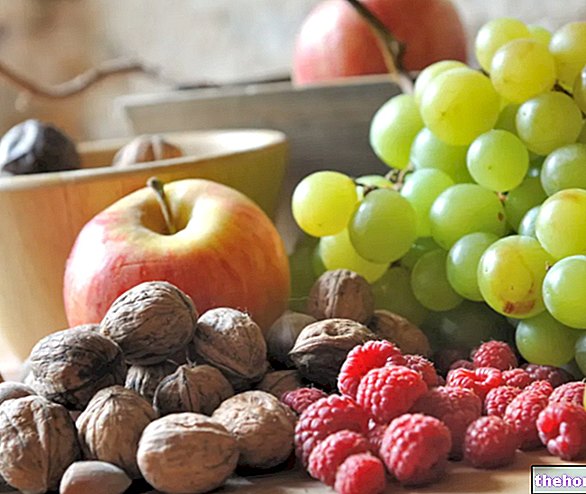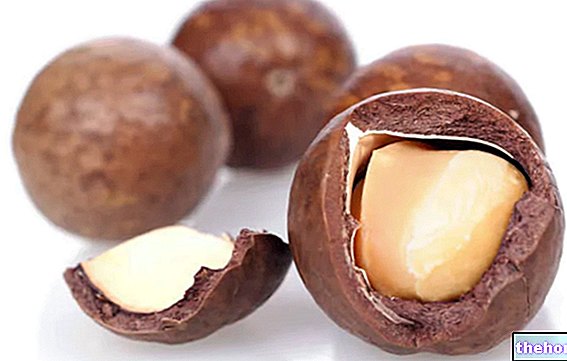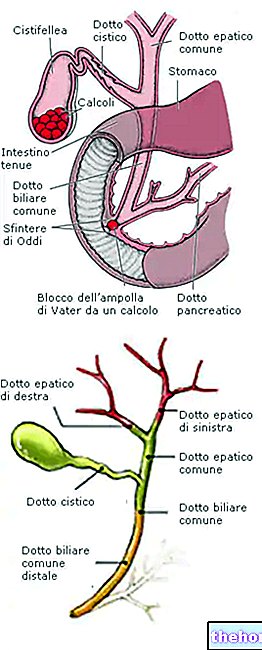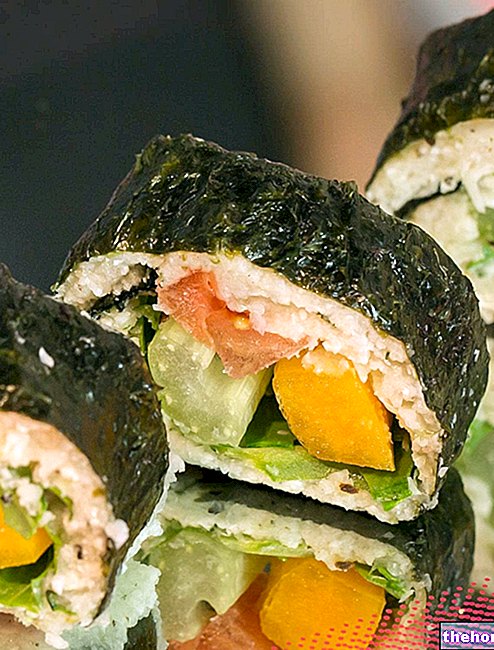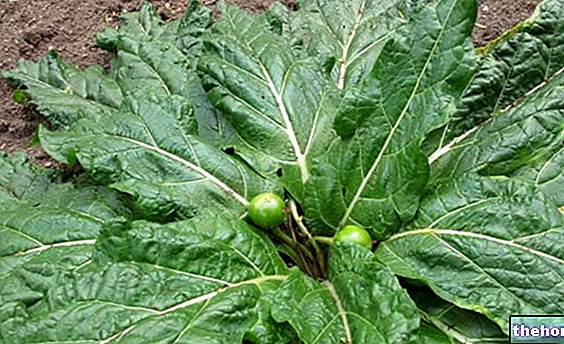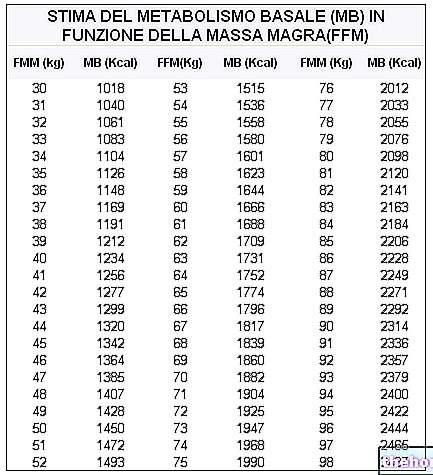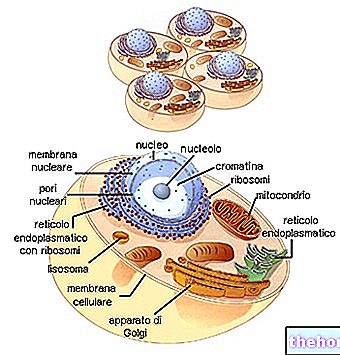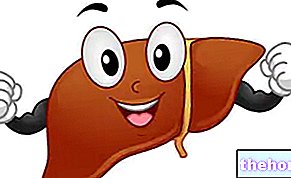Generality
Pecans are plant foods classified in the dried fruit group. They have a high energy value but also an excellent concentration of essential fats; the flavor is rich and buttery.

Pecan nuts are the fruit of a plant native to the United States of America and their trade in Italy is mainly supported by importation. The Pecan tree belongs to the Junglandaceae family, Genus Carya, Species illinoensis; the binomial nomenclature of the plant is therefore Carya illinoensis. NB. Different varieties of Pecan nuts are known.
The wood of the tree is used as a fuel or flavoring for smoked meats. The term "Pecan" is of origin Algonquian (Indians of America) and literally means "hazelnut that requires a stone to be broken".
Description
Aesthetically, Pecans look similar to traditional Italian walnuts. Being drupes, they consist of an epicarp, a mesocarp and an endocarp enveloping the seed (edible part). The epicarp and mesocarp are fleshy (3-4mm), but less thick than the traditional walnut; the epicarp is first green and then brown.

The Pecan tree is large; specimens that reach 40m in height by 2m in diameter at the trunk are not rare, and it seems that some over 50m in height have been identified (but there is no documented evidence of this). The leaves are ellipsoidal, 30-45cm, green and deciduous. Pecan nut trees have both male and female flowers, and pollination occurs mainly by means of the wind. Pecan nuts are fully ripe in autumn, more precisely in October.
The plants are particularly long-lived and live up to 300 years.
Origins and cultivation
Pecan nuts are typical fruits of the United States, especially of the central-southern area, and of Mexico. To be precise, the presence of the tree Carya illinoensis it is recorded with greater density in: Arkansas, Florida, Georgia, Illinois, Indiana, Iowa, Kentucky, Louisiana, Mississippi, Missouri, Oklahoma, South Carolina, Tennessee, Texas, and from southern Coahulia to Jalisco and Veracruz.
The cultivation of the tree for the production of Pecan nuts is not ancient. It seems to have only begun in 1880 in the USA, a country that boasts an annual productivity of up to 80-95% of the global total (150,000-200,000 tons per year per 10,000,000 of trees). Other cultivation areas are located in South America, China, Australia, South Africa and Israel; in Italy there are small plots of Pecan nuts in the Sicily region.

Nutritional values (per 100 g of edible portion)
The cultivars are essentially composed of "clones", which is why it is necessary that some of these come from different trees, since (unlike those born from seed) these are not able to self-pollinate and require genetically foreign specimens for fertilization. NB. The pecan tree is predisposed to nickel deficiency.
Gastronomic uses and nutritional properties
Pecans can be eaten on their own or as part of elaborate dishes. In the US, Pecan Pie is a national dish and small praline snacks (candies) are typical of the city of New Orleans. In Italian cuisine, Pecans they are little used but their use is entirely similar to that of traditional walnuts. NB.Lazy Magnolia Brewing Company in Kiln, Mississippi", produced a beer flavored with pecans instead of hops.
Pecan nuts are a food that lends itself to fighting hypercholesterolemia and oxidative stress. The high percentage of polyunsaturated fatty acids, phytosterols, vit. E (α-tocopherol) and phenolic substances (flavonoids) determines the reduction of total and "bad" cholesterol (LDL), as well as the predisposition to tumors.
Research conducted by the "University of Massachusetts and published in"Current Topics in Nutraceutical Research"showed that regular pecan consumption can also reduce neuromuscular degeneration related to aging;" a kind of anti-aging effect.
It has also been hypothesized that, in the presence of other predisposing factors, a diet rich in pecans may reduce the risk of lithiasis in women.
In addition to fats, Pecans are also rich in dietary fiber, a nutritional element that protects the integrity and functionality of the intestine. From a saline point of view, these products abound in iron and potassium, while as regards vitamins (in addition to tocopherols) there are significant contributions of thiamine.
Despite the various positive aspects, remember that Pecans are highly caloric foods; consequently their use - to be considered QUANTITATIVELY marginal - should be limited to a few grams per day.
Other Foods - Nuts Cashews Peanuts Peanut Butter Chestnut Flour Almond Flour Hazelnut Flour Walnut Flour Dehydrated and Candied Fruit Dried Fruit Almond Milk Hazelnut Flour Almonds Hazelnuts Walnuts Macadamia Nuts Pecans Pine Nuts Pistachios Hemp Seeds Sunflower Seeds of Poppy OTHER ARTICLES DRIED FRUITS Categories Food Alcoholics Meat Cereals and derivatives Sweeteners Sweets Offal Fruit Dried fruit Milk and derivatives Legumes Oils and fats Fish and fishery products Salami Spices Vegetables Health recipes Appetizers Bread, Pizza and Brioche First courses Second courses Vegetables and Salads Sweets and desserts Ice creams and sorbets Syrups, liqueurs and grappas Basic preparations ---- In the kitchen with leftovers Carnival recipes Christmas recipes Light diet recipes Diabetic Recipes for the Holidays Ric Valentine's Day Recipes for Vegetarians Protein Recipes Regional Recipes Vegan Recipes

